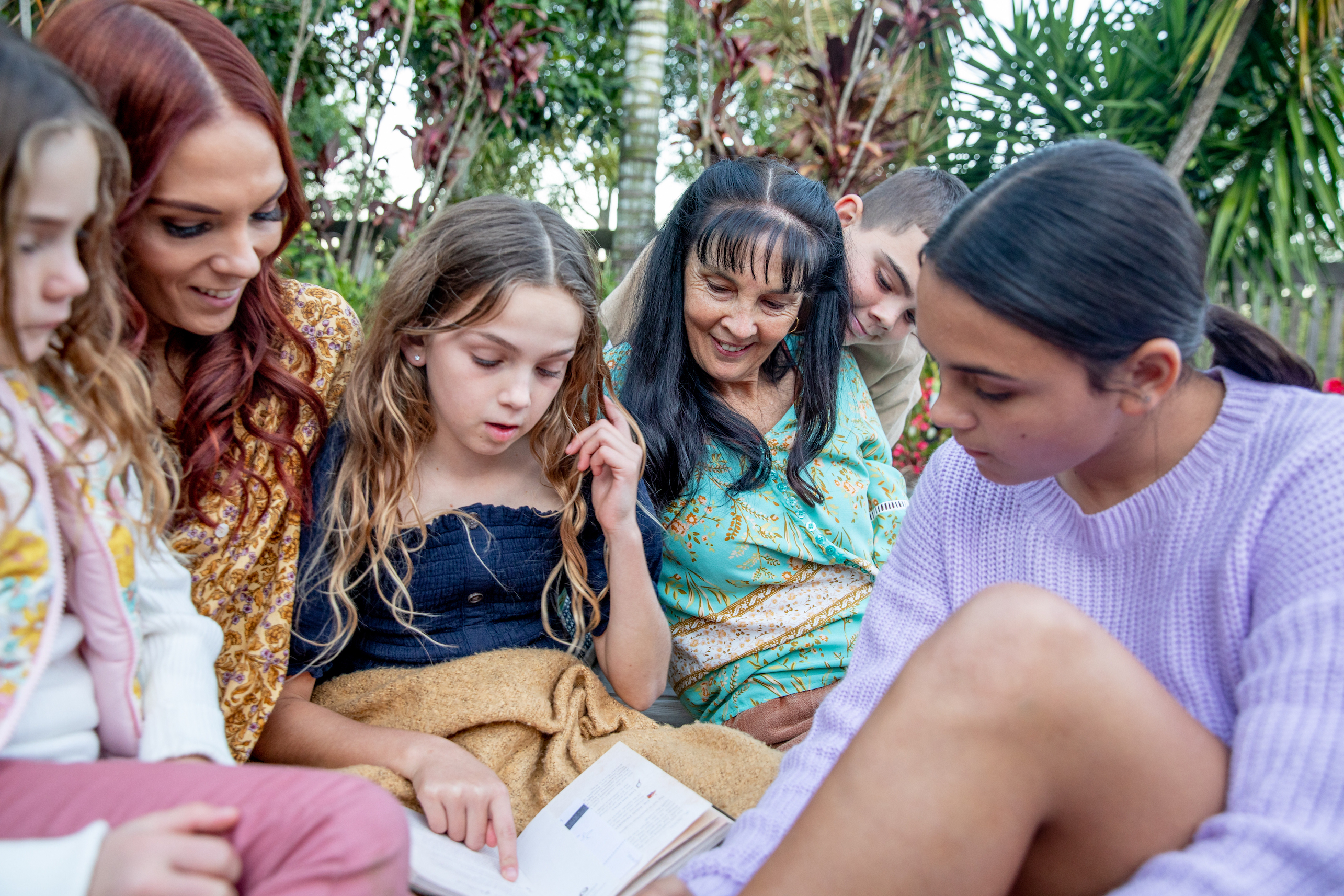
Measuring diversity in Australian publishing

Diversity in publishing workplaces is good for our books, but exactly how diverse is our publishing industry?
Published 21 November 2021
In 2019, Bernardine Evaristo became the first black woman and first black British person to win the Booker Prize. In her recently published Manifesto, On Never Giving Up, she writes of the years of experience being marginalised by the publishing industry:
“The idea of black British writing wasn’t just marginalised, it was barely on the radar of a literature sector that couldn’t quite grasp that such a demographic existed, or was worthy of publishing. Editors told black writers there was no market for our voices, which demonstrates the extent of our marginality.”

Similar concerns are also voiced here in Australia.
Last year, Radhiah Chowdhury’s highly regarded Australian Publishers Association Beatrice Davis Editorial Fellowship report, It’s hard to be what you can’t see: Diversity Within Australian Publishing, was released. Her report reflects on Black, Asian and Minority Ethnic people’s experiences in UK publishing and recommends ways to improve diversity and inclusion in Australian publishing.
Also in 2020, freelance writer and editor, Camha Pham, turned the spotlight on the Australian publishing industry’s workplaces and culture, reflecting on the small number of First Nations’ editors and editors of colour.

There’s a connection between the diversity within the publishing industry that commissions and finances books, and the diversity of writers and voices that are eventually published.
The level of diversity within the industry matters if we are to make sure authors from non-traditional backgrounds can access publishing and promotion, that textbooks cater to neurodiverse learning styles, and that we produce books that truly reflect the amazing and varied world we occupy.
This has been recognised by the industry and there are publications, products and channels that all aim to increase diversity in Australian book culture.
These include the Blak&Write fellowship – jointly run through the State Library of Queensland and Hachette – that funds First Nations’ authors and editors.
Mentor programs and internship opportunities are available from Writing NSW and the Wheeler Centre; Djed Press, Amplify Bookstore, and Liminal Magazine are driving up diversity in publishing and bookselling; and publisher Cengage has collaborated with the Australian Institute of Aboriginal and Torres Strait Islander Studies to publish a series of books aimed at teaching of Aboriginal and Torres Strait Islander histories and cultures to primary school children – Our Land, Our Stories.

But if we are to accelerate the increasing diversity in Australian book publishing we need to better understand the publishing industry itself and work to improve diversity and inclusion in the workplace.
Diverse and inclusive workplaces are important in their own right.
Numerous research studies show that working environments that are accessible, supportive and respectful generate increased productivity and financial performance.
They also lead to increased creativity, faster and better decision making and – critically as we enter the post-pandemic era of the Great Resignation – higher employee engagement and lower staff turnover.

But diverse workplaces are more than simply recruiting diverse staff.
Publishers need to create nurturing, inclusive environments, safe spaces and enable thriving careers. Publishing tends to feature high intakes of women at entry level positions, but as in many industries, what diversity there is at the junior end peters out as staff work their way up the career ladder.
Better understanding of the current picture will prompt new ideas for change, but there is a lack of data that can be used to track diversity in Australian book publishing.
In the UK, the Publishers Association Diversity Survey of the Publishing Workforce has been tracking diversity annually for several years, while in the US, Lee and Low’s Diversity Baseline Survey has been doing the same since 2015.
In Australia, Books+Publishing’s reader survey examined employment in the industry with some coverage of diversity, but a comprehensive review that is benchmarkable doesn’t currently exist. Initiating a repeatable survey dedicated to diversity and inclusion will provide a much more comprehensive picture.
The Australian Publishing Industry Workforce Survey on Diversity and Inclusion will start running from early 2022 and is co-funded by the University of Melbourne and the Australian Publishers Association.

The survey will collect data related to a range of attributes, including:
gender (women, non-binary and gender diverse)
First Nations, people of colour, ethnicity and race, languages spoken at home; sexuality; age; socio-economic position (as measured by indicators like educational attainment and parental occupation); location (including regional and metropolitan); disability

job role/function (area of work, seniority, full-time, part-time, freelance, casual) and employing entities (trade, independent, children’s publishing, educational publishing, scholarly/journals, publishing services, noting that many work across multiple sectors).
This anonymous, aggregated data will help to inform future initiatives and policies.
Knowledge of the demographic makeup of staff in Australian publishing companies will enable longitudinal tracking of the industry’s progress in becoming more diverse. It can also set a baseline for identifying opportunities for increasing diversity and inclusion in Australian publishing.
This significant step towards understanding the book publishing industry will help to improve working environments and, ultimately, diversity in cultural products in Australia.
The survey will be discussed at Small Press Network’s Independent Publishing Conference on Friday 26 November.
Banner: Getty Images

